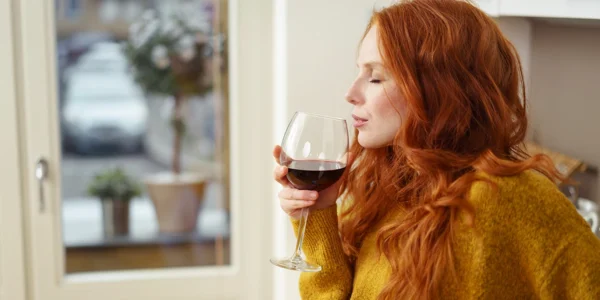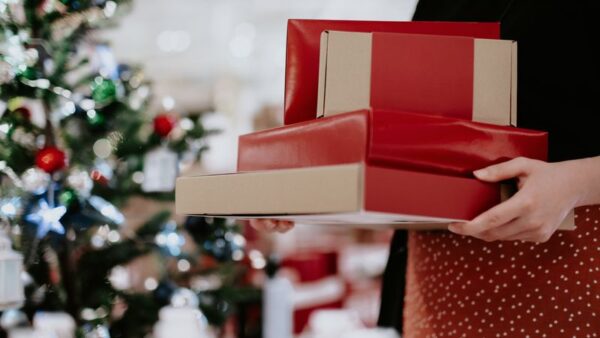
Unlocking the Mystery: How Long Does Red Wine Last Once Opened

Red wine, with its rich flavours and enticing aromas, has been cherished by wine enthusiasts for centuries. Whether you’re indulging in a glass with a gourmet meal or enjoying a quiet evening at home, opening a bottle of red wine is often synonymous with relaxation and enjoyment. However, once that bottle is uncorked and the wine is exposed to oxygen, a countdown begins. In this article, we delve into the science behind red wine’s shelf life after opening, uncovering the factors that influence its longevity and offering practical tips to maximise your enjoyment.
Understanding the Chemistry:
To understand why red wine changes once opened, we must first explore its chemical composition. Red wine contains a complex array of organic compounds, including phenols, acids, sugars, and alcohol. One of the most important phenolic compounds found in red wine is tannin, which contributes to its structure, colour, and aging potential.
When a bottle of red wine is opened, it comes into contact with oxygen from the air. This exposure triggers chemical reactions within the wine, leading to both desirable and undesirable changes. On one hand, controlled oxidation can soften harsh tannins and enhance certain flavour compounds, contributing to the wine’s complexity. On the other hand, excessive oxidation can lead to the degradation of delicate aromas and the formation of unpleasant off-flavours.
Factors Influencing Shelf Life:
Several factors influence how long red wine will last once opened, including:
• Oxygen Exposure: The rate of oxidation accelerates once a bottle is opened, especially if it’s not resealed properly. Oxygen reacts with various components in the wine, altering its flavour profile over time.
• Wine Variety: Different grape varieties and winemaking techniques can affect a wine’s susceptibility to oxidation. Wines with higher levels of tannin and acidity tend to age more gracefully after opening, while lighter-bodied wines may deteriorate more quickly.
• Alcohol Content: Higher alcohol content can act as a preservative, slowing down the oxidation process and extending the wine’s shelf life.
• Storage Conditions: Temperature, humidity, and exposure to light all play a role in how quickly a wine deteriorates once opened. Storing opened bottles in a cool, dark place can help prolong their freshness.

Maximising Enjoyment:
While the inevitability of oxidation may seem daunting, there are several steps you can take to maximise the enjoyment of opened red wine:
• Re-cork or Seal Properly: After pouring a glass of wine, be sure to re-cork the bottle tightly or use a vacuum pump to remove excess air. This helps minimise oxygen exposure and slows down the oxidation process.
• Store Correctly: Store opened red wine upright in a cool, dark place, away from direct sunlight and temperature fluctuations. Avoid storing it in the refrigerator for extended periods, as the cold temperature can dull the wine’s flavours.
• Consume Within a Few Days: While some red wines can hold up well for several days after opening, most are best enjoyed within 3-5 days to preserve their freshness and vibrant flavours.
• Experiment with Preservation Methods: Explore alternative preservation methods such as inert gas systems or wine preservation devices designed to remove oxygen from the bottle. These can help extend the shelf life of opened red wine and maintain its quality for longer periods.

Conclusion:
In the world of wine, understanding the science behind red wine’s shelf life after opening is essential for maximising enjoyment and minimising waste. By paying attention to factors such as oxygen exposure, wine variety, and storage conditions, you can prolong the freshness of opened red wine and savour every last drop. So the next time you uncork a bottle of your favourite red, remember to seal it tightly, store it properly, and enjoy it within a few days for optimal taste and aroma.
Cheers to unlocking the mystery of red wine’s shelf life!













































